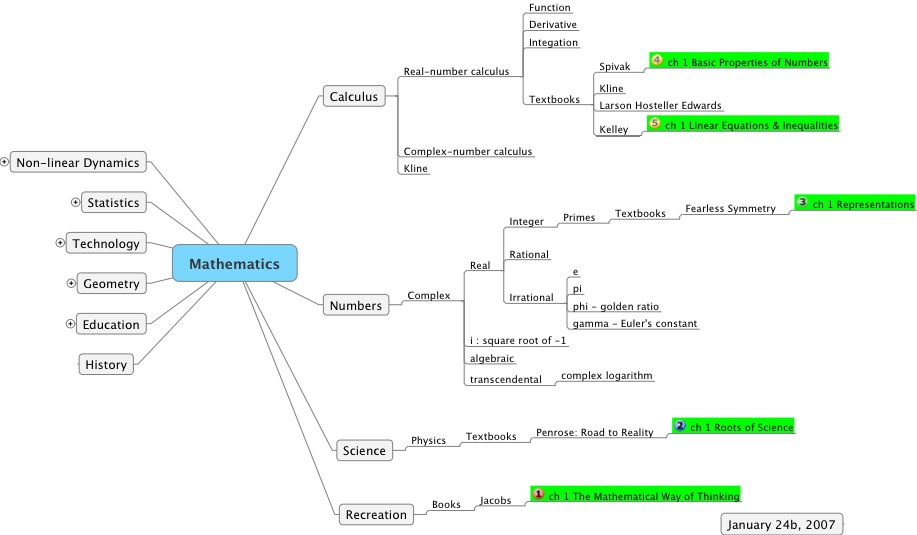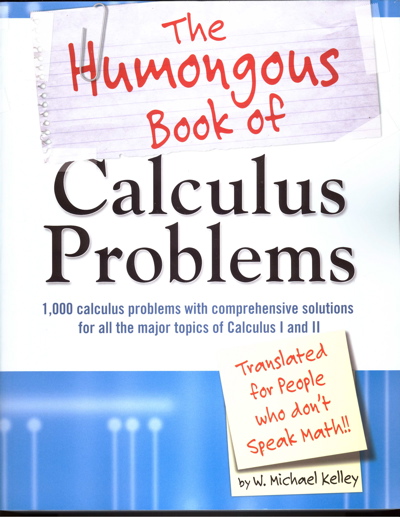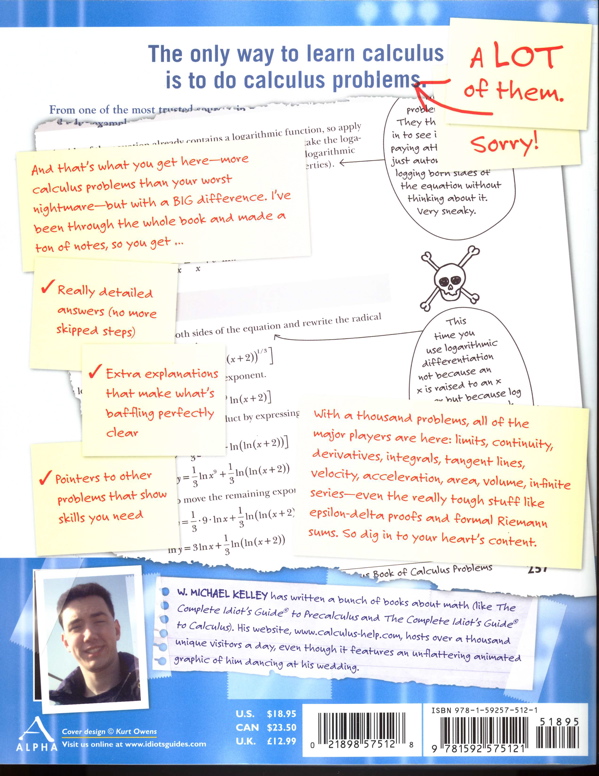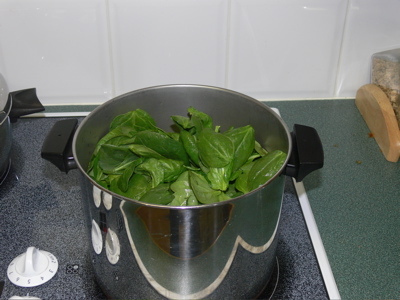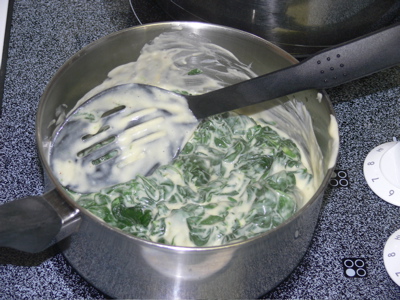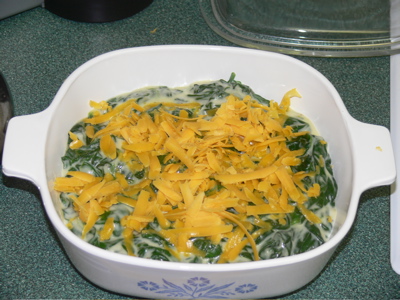Tuesday March 13, 2007 5:50 am Lethbridge Sunrise 7:52 Sunset 19:30 Hours of daylight: 11:38
A. Morning Musings
5:50 am It is -3 C at the moment with a high of +5 C forecast. There has been some snow overnight and more is falling at the moment.
CBC Headline: Quebec Leaders Gear Up For French TV Debate
There is currently a tight 3-way race for the upcoming provincial election. Traditionally it has been a 2-way battle between the seperatist party Parti Quebecois and the federalist Liberal party but this time there is a popular new candidate running for a new party called the Action Démocratique du Québec. Mario Dumont is the leader of this party and appears to be a strong new choice.
Canadian Headline: see above
Australian Headline: (from The Australian): Howard backs Santoro Amid New Ethics Controversy
This is a continuation of the headline from yesterday. It appears that Howard shares my views on this issue. A scary thought.
My weight is even at 192.
B. Plan
Immediate Mathematics Begin reading & making notes for "The Humongous Book of Calculus Problems" 2 hr Convert LP records to iPod files 1 hr Literature Continue reading "Runaway" by Alice Munro
1 hr History Begin reading "Maya" 1 hr Later Technology Read manual for cell phone Make notes for chap. 4 of "Switching to the Mac" Burn backup of images onto DVD Mathematics Make notes for "Mathematics: A Human Endeavor" ch 1 Read "Fearless Symmetry" chap 9: Elliptic Curves Model Trains Add ground cover to oil refinery diorama Continue assembly of coaling tower Follow tutorial for version 8 of 3rd PlanIt Purchase DCC system History Read Watson "Ideas" Philosophy Read & make notes for "Breaking the Spell" GO Complete reading "Lessons in the Fundamentals of Go" Puzzles The Orange Puzzle Cube: puzzle #10
Major Goals Learning Review week's pages each Sunday Review all pages for the month at the end of each month Technology Review & edit iPhoto files for 2006 Become proficient with cell phone Model Trains Become proficient with 3rd PlanIt software Install DCC on model train layout GO Learn to play GO at something better than a beginner level Drawing Learn to draw!! (I keep saying this, yet I have yet to put a pencil to paper). Mathematics Continue to play with mathematics. Literature Continue to read Literature Bird Watching Continue to engage in bird watching activities.
C. Actual/Note
6:35 am Our original plans were to drive to Calgary this morning but the new snow plus reports that roads are slippery and driving conditions poor near Calgary has resulted in us deciding to stay put.
I am having difficulty deciding on my "task" priorities of iPhoto and iTunes and my desire to get back to my model trains and my mathematics. I think I will try an alternate days approach. Today I will focus on model trains and mathematics. Mathematics first. Now for some review of what I was last doing.
 |
|||||
|
|||||
9:00 PM
Recipe of the Week 06 Baked Creamed SpinachMarch 13 |
|||||||||||||||||||||||||||||||||||||||||||||||||||
Original recipe in http://www.spinachrecipes.org/baked-creamed-spinach.html Ingredients (serves 4) (I halved the original recipe which called for two pounds of spinach)
|
|||||||||||||||||||||||||||||||||||||||||||||||||||
D. Reflection
